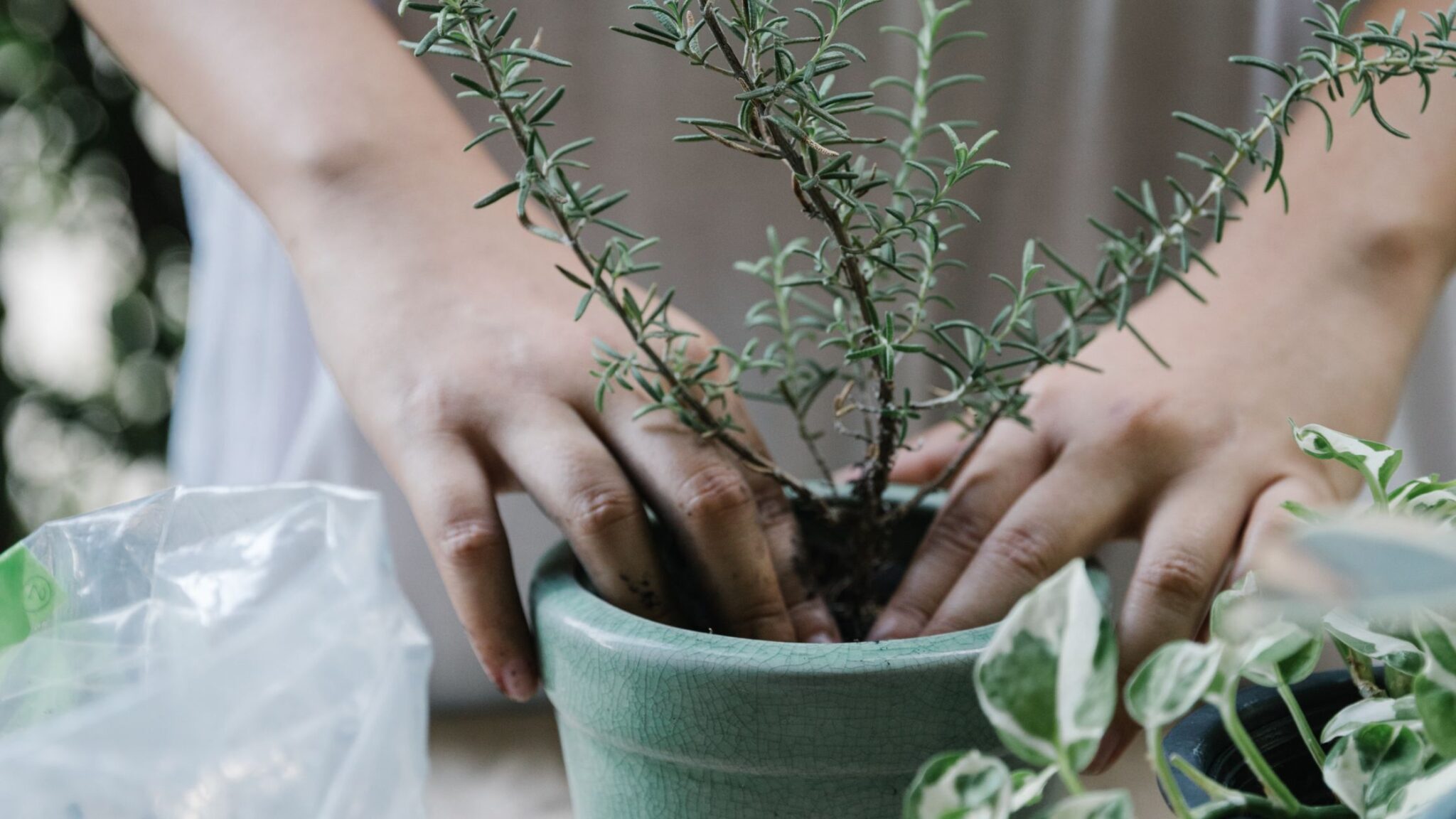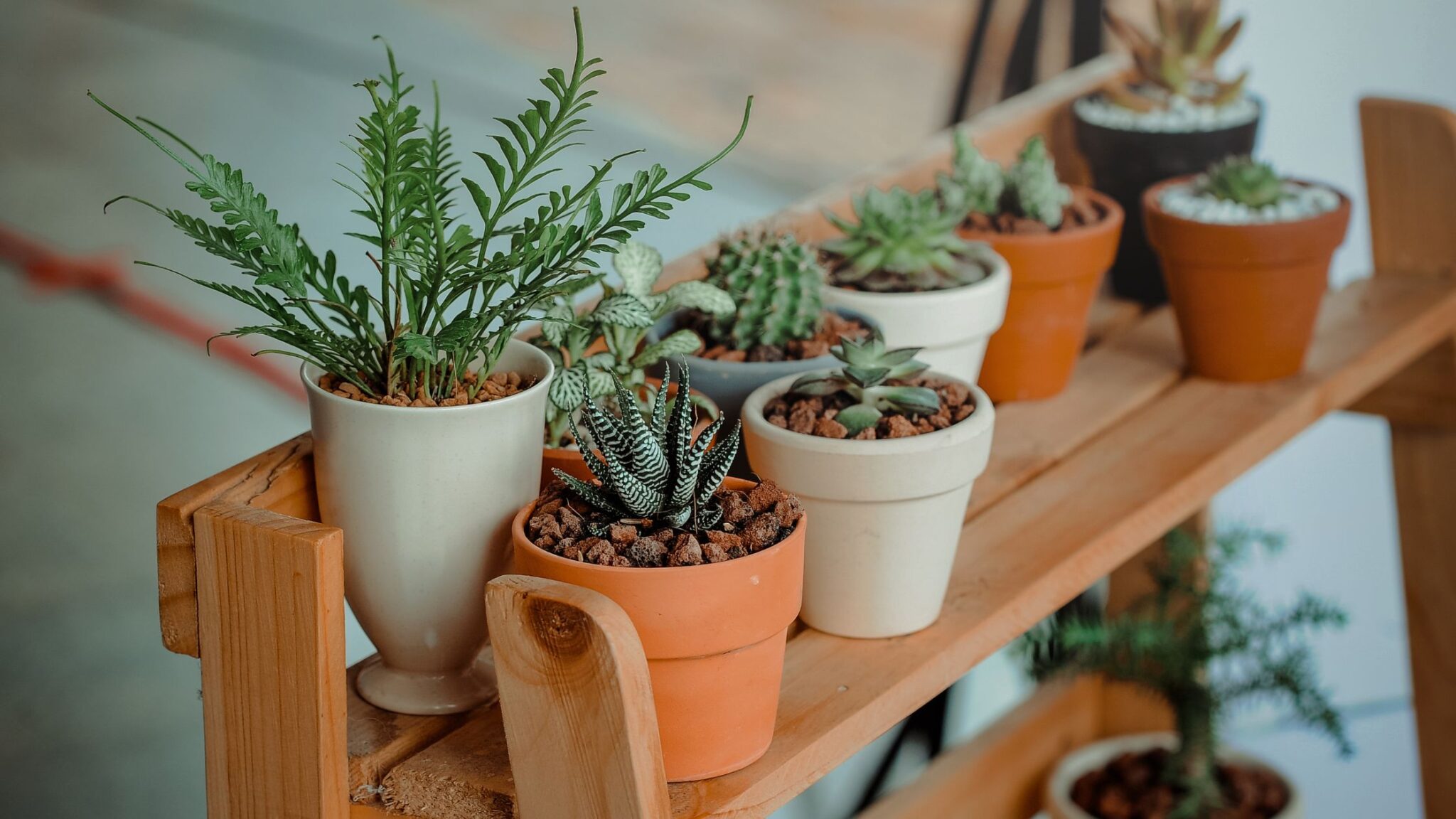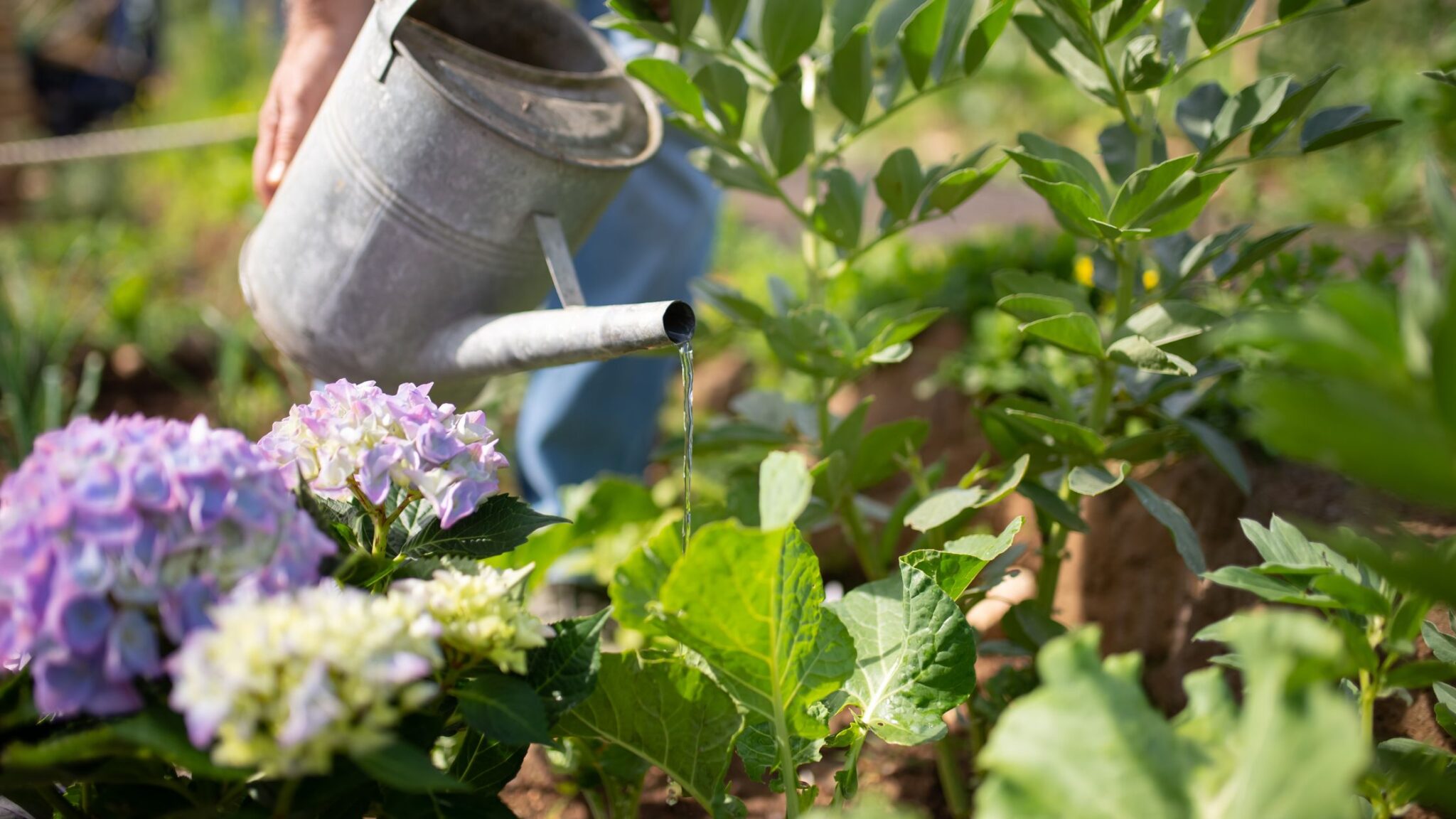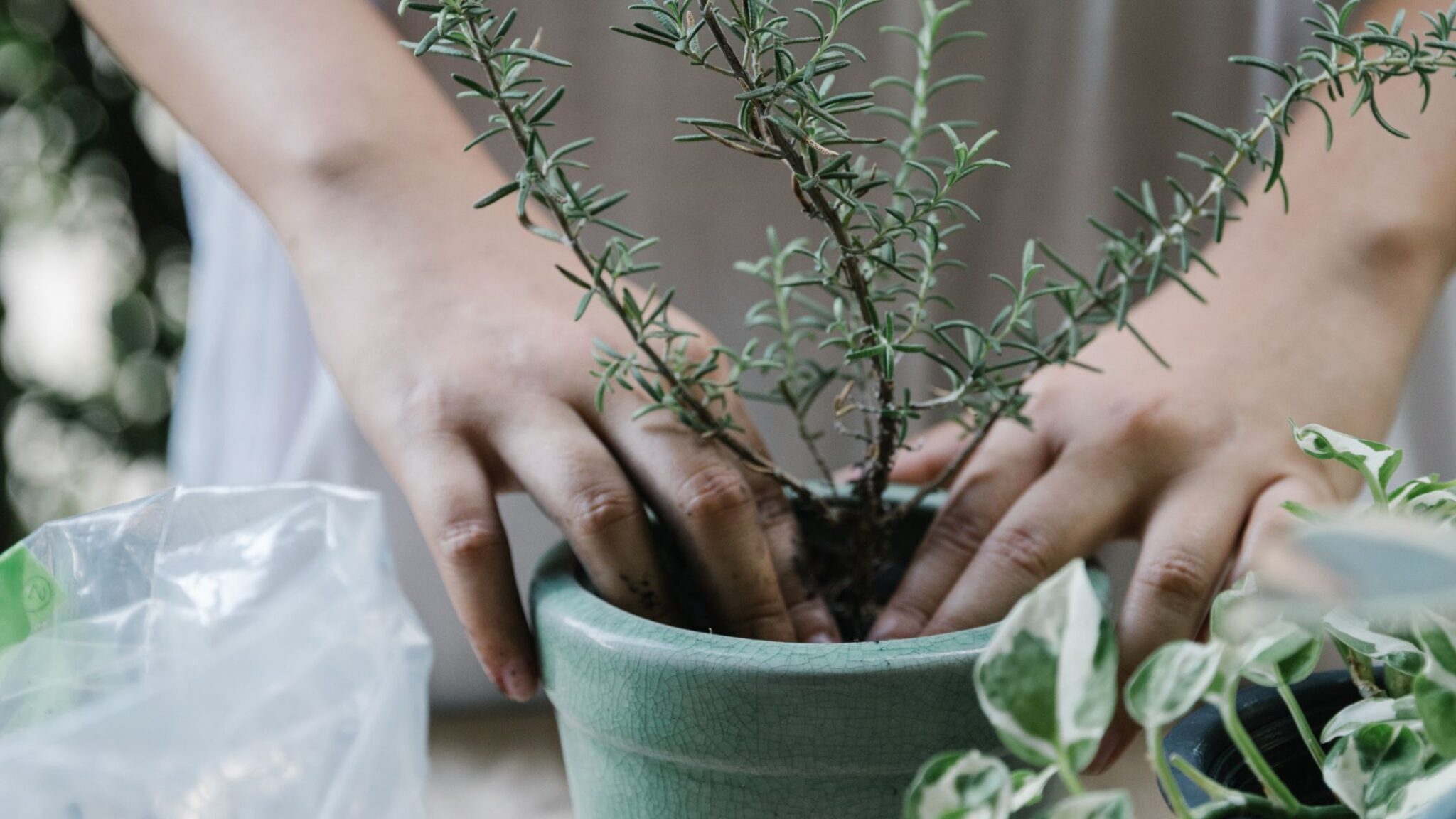Your cart is currently empty!
Category: plant guide

Thriving Green: 5 Essential Tips for Indoor Plant Care
Introduction: In the bustling world of indoor gardening, maintaining lush, thriving plants can sometimes feel like a daunting task. However, with a few simple tips and tricks, you can transform your indoor space into a verdant oasis. Whether you’re a seasoned plant parent or just starting your green journey, these essential care tips will help you nurture your indoor plants to their fullest potential.
- Light and Placement: The first step to successful indoor plant care is understanding the lighting needs of your green companions. Different plants have varying requirements, with some preferring bright, indirect sunlight while others thrive in low-light conditions. Assess the natural light available in your home and place your plants accordingly. For sun-loving varieties, position them near south or west-facing windows, while shade-loving plants can brighten up darker corners of your space.
- Watering Routine: One of the most common pitfalls in indoor plant care is overwatering. While it’s important to keep your plants hydrated, soggy soil can lead to root rot and other issues. Establish a watering routine based on the specific needs of each plant, taking into account factors such as soil moisture levels, pot size, and environmental conditions. Remember, it’s better to underwater than to drown your plants, so always err on the side of caution.
- Soil Health: The foundation of healthy plant growth begins with the soil. Choose a high-quality potting mix that provides adequate drainage and aeration for your plants. Consider incorporating organic matter such as compost or perlite to improve soil structure and nutrient retention. Regularly check the condition of your soil and repot your plants as needed to prevent overcrowding and ensure optimal root health.
- Humidity and Temperature: Creating a conducive environment for your indoor plants involves more than just light and water. Many tropical species thrive in humid conditions, so it’s essential to maintain adequate moisture levels, especially during dry winter months. You can increase humidity by misting your plants, placing a tray of water nearby, or investing in a humidifier. Additionally, be mindful of temperature fluctuations, as extreme heat or cold can stress your plants and impede their growth.
- Pruning and Maintenance: Regular maintenance is key to keeping your indoor jungle looking its best. Pruning dead or yellowing leaves not only improves the aesthetic appeal of your plants but also promotes new growth. Remove any pests or debris that may accumulate on your plant’s foliage, and inspect them regularly for signs of disease or infestation. By staying proactive and attentive to your plant’s needs, you can ensure they remain healthy and vibrant for years to come.
Conclusion: With a little love and attention, your indoor plants can flourish and thrive, bringing beauty and serenity to your home. By following these essential care tips, you’ll be well-equipped to cultivate a thriving green paradise that you can enjoy year-round. So roll up your sleeves, grab your watering can, and let the nurturing journey begin!

Green Living: Mastering Indoor Plant Care Like a Pro
Introduction: In recent years, indoor plants have surged in popularity, bringing a touch of nature into our homes and workplaces. However, keeping indoor plants thriving requires more than just occasional watering. In this guide, we’ll explore essential indoor plant care tips to help you nurture your green companions like a seasoned pro.
1. Choosing the Right Plants: Not all indoor plants are created equal. Before bringing home a new plant, consider factors such as lighting conditions, space availability, and your own schedule for maintenance. Opt for plants that suit your lifestyle and the environment they’ll be placed in.
2. Optimal Lighting Conditions: Light is the lifeblood of plants, and understanding their lighting needs is crucial for their well-being. While some plants thrive in bright, indirect light, others prefer low-light conditions. Place your plants accordingly, near windows or under grow lights, to ensure they receive the right amount of light for healthy growth.
3. Watering Wisdom: Overwatering is a common mistake that can spell doom for indoor plants. Before reaching for the watering can, check the soil moisture level by sticking your finger into the soil. Water only when the top inch of soil feels dry to the touch, and be sure to use room-temperature water to avoid shocking your plants.
4. Soil and Potting: The soil your plants are potted in plays a crucial role in their health and growth. Choose a well-draining potting mix specifically formulated for indoor plants, and repot your plants as they outgrow their containers. Proper drainage is essential to prevent waterlogged soil, which can lead to root rot and other problems.
5. Humidity and Temperature Control: Creating a conducive environment for your indoor plants involves more than just light and water. Many indoor plants thrive in humid conditions, especially tropical varieties. Increase humidity levels by misting your plants regularly or placing a tray of water near them. Additionally, be mindful of temperature fluctuations, avoiding drafts and extremes of heat or cold.
6. Pruning and Maintenance: Regular maintenance is key to keeping your indoor jungle looking its best. Prune dead or yellowing leaves to promote new growth and prevent disease spread. Inspect your plants regularly for signs of pests or disease, and take prompt action to address any issues that arise.
7. Troubleshooting Common Issues: Even with the best care, indoor plants can encounter problems from time to time. Keep an eye out for common issues such as pests, fungal infections, or nutrient deficiencies. Research specific symptoms and treatments to address problems promptly and effectively.
Conclusion: By following these essential indoor plant care tips, you’ll be well-equipped to create a thriving green oasis in your home. With a little love and attention, your indoor plants will reward you with their beauty and vitality, bringing joy and serenity to your indoor spaces. Embrace the journey of plant parenthood, and watch as your green thumb flourishes along with your leafy companions.

A Guide to the Best Outdoor Plants for India
India’s diverse climate and rich biodiversity offer a vast array of options for outdoor gardening enthusiasts. Whether you reside in the tropical south, the arid west, or the temperate north, there are plenty of plants that thrive in India’s varied conditions. In this guide, we’ll explore some of the best outdoor plants for India, from vibrant flowering species to resilient foliage plants.
1. Hibiscus (Hibiscus rosa-sinensis): Known for its striking, showy flowers, the Hibiscus is a quintessential outdoor plant in India. With its ability to withstand heat and humidity, it flourishes in tropical and subtropical regions. Hibiscus comes in a variety of colors, including red, pink, yellow, and white, making it a popular choice for gardeners seeking vibrant blooms.
2. Bougainvillea (Bougainvillea spp.): No Indian landscape is complete without the vibrant hues of Bougainvillea cascading over walls and fences. This hardy, drought-tolerant plant thrives in hot, dry conditions, making it ideal for the arid regions of India. Bougainvillea’s bracts come in a range of colors, including magenta, purple, orange, and white, providing year-round color to gardens.
3. Jasmine (Jasminum spp.): Renowned for its intoxicating fragrance and delicate white blooms, Jasmine is a beloved outdoor plant in India. It prefers warm, humid climates and thrives in sunny locations. Jasmine is often used to adorn trellises, fences, and balconies, filling the air with its sweet scent, especially in the evenings.
4. Indian Borage (Plectranthus amboinicus): Indian Borage, also known as ‘Ajwain Patta’ or ‘Country Borage,’ is a versatile herb commonly found in Indian gardens. Its succulent leaves have a strong, aromatic flavor and are used in traditional cooking and herbal remedies. Indian Borage thrives in partial shade and is relatively low-maintenance, making it a must-have for culinary enthusiasts.
5. Neem (Azadirachta indica): The Neem tree holds a revered place in Indian culture for its medicinal properties and ecological significance. Its bitter-tasting leaves and seeds are used in Ayurvedic medicine for their antibacterial, antifungal, and insecticidal properties. Neem trees thrive in hot, arid climates and are valued for their shade, drought tolerance, and pest-repellent qualities.
6. Frangipani (Plumeria spp.): With its waxy, fragrant flowers and glossy green foliage, Frangipani adds a touch of tropical elegance to Indian gardens. This deciduous tree thrives in warm, humid climates and produces clusters of flowers in shades of white, pink, yellow, and red. Frangipani is often planted near temples and religious sites for its auspicious symbolism.
7. Marigold (Tagetes spp.): Marigolds are a staple in Indian gardens, prized for their vibrant blooms and pest-repellent properties. These hardy annuals thrive in full sun and well-drained soil, making them perfect for India’s warm, sunny climate. Marigolds are commonly used in religious ceremonies, festivals, and as decorative borders in gardens.
Conclusion: From the lush greenery of the tropics to the arid landscapes of the desert, India’s outdoor plants reflect the country’s rich cultural and ecological diversity. Whether you’re a seasoned gardener or a novice enthusiast, there’s a wealth of options to explore and enjoy. By selecting the right plants for your region’s climate and conditions, you can create a beautiful outdoor oasis that reflects the natural splendor of India.

Container Gardening Ideas: Elevate Your Space with Creative Ideas
Container gardening offers a world of possibilities for green-thumbed enthusiasts, whether you have a sprawling backyard or a compact balcony. With a bit of creativity and ingenuity, you can transform any space into a vibrant oasis bursting with life. In this guide, we’ll explore a variety of container gardening ideas to inspire and delight gardeners of all skill levels.
1. Vertical Gardens: Maximize your growing space by going vertical with a stunning vertical garden. Hang planters on walls or fences, or invest in vertical gardening systems designed to accommodate a variety of plants. Mix and match different textures and colors to create a living work of art that’s sure to impress.
2. Herb Gardens: Bring the flavors of the kitchen to your doorstep with a compact herb garden in containers. Plant aromatic herbs like basil, rosemary, mint, and thyme in individual pots or a tiered planter for easy access and maintenance. Not only will you have fresh herbs at your fingertips for cooking, but you’ll also enjoy the added bonus of fragrant foliage.
3. Succulent Arrangements: Succulents are the perfect choice for busy gardeners seeking low-maintenance beauty. Create eye-catching succulent arrangements in shallow containers or terrariums, combining different shapes, sizes, and colors for visual interest. Succulents thrive in sunny spots and require minimal watering, making them ideal for beginners and seasoned gardeners alike.
4. Hanging Baskets: Add a touch of whimsy to your outdoor space with hanging baskets filled with cascading foliage and flowers. Choose trailing plants like ivy, petunias, and bacopa to spill over the edges of baskets, creating a lush, waterfall effect. Hang baskets from hooks or brackets on walls, fences, or pergolas to create a vertical garden oasis.
5. Edible Landscapes: Turn your container garden into a fruitful paradise by growing edible plants like fruits, vegetables, and berries. Plant compact varieties of tomatoes, peppers, strawberries, and dwarf citrus trees in large containers or grow bags on your patio or balcony. Harvest fresh produce right outside your door and enjoy the satisfaction of growing your own food.
6. Fairy Gardens: Indulge your inner child with a whimsical fairy garden filled with miniature plants, tiny accessories, and hidden surprises. Create a magical landscape in a shallow container or terrarium, incorporating miniature trees, tiny houses, and miniature figurines to bring your fairy tale to life. Let your imagination run wild as you design and decorate your enchanted garden.
7. Seasonal Displays: Celebrate the changing seasons with container gardens that reflect the beauty of nature throughout the year. Plant spring bulbs for a burst of color, fill containers with summer annuals for a vibrant display, and adorn your pots with evergreen foliage and berries for winter interest. Rotate seasonal plants and decorations to keep your container garden looking fresh and inviting year-round.
Conclusion: Container gardening is a versatile and rewarding way to bring nature into your home and create a personalized outdoor retreat. Whether you have a sprawling garden or a small balcony, there are endless possibilities for creating stunning container gardens that reflect your style and personality. With a little creativity and care, you can elevate any space with the beauty and bounty of plants.